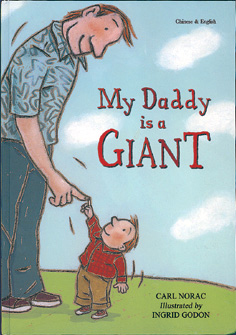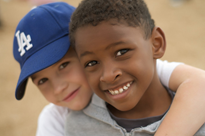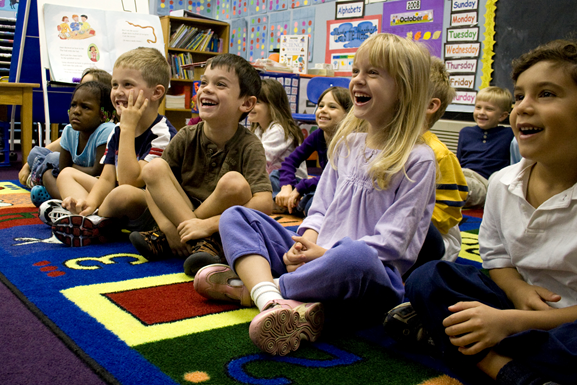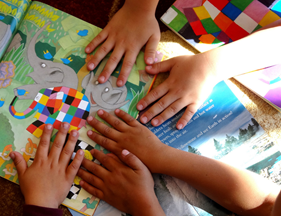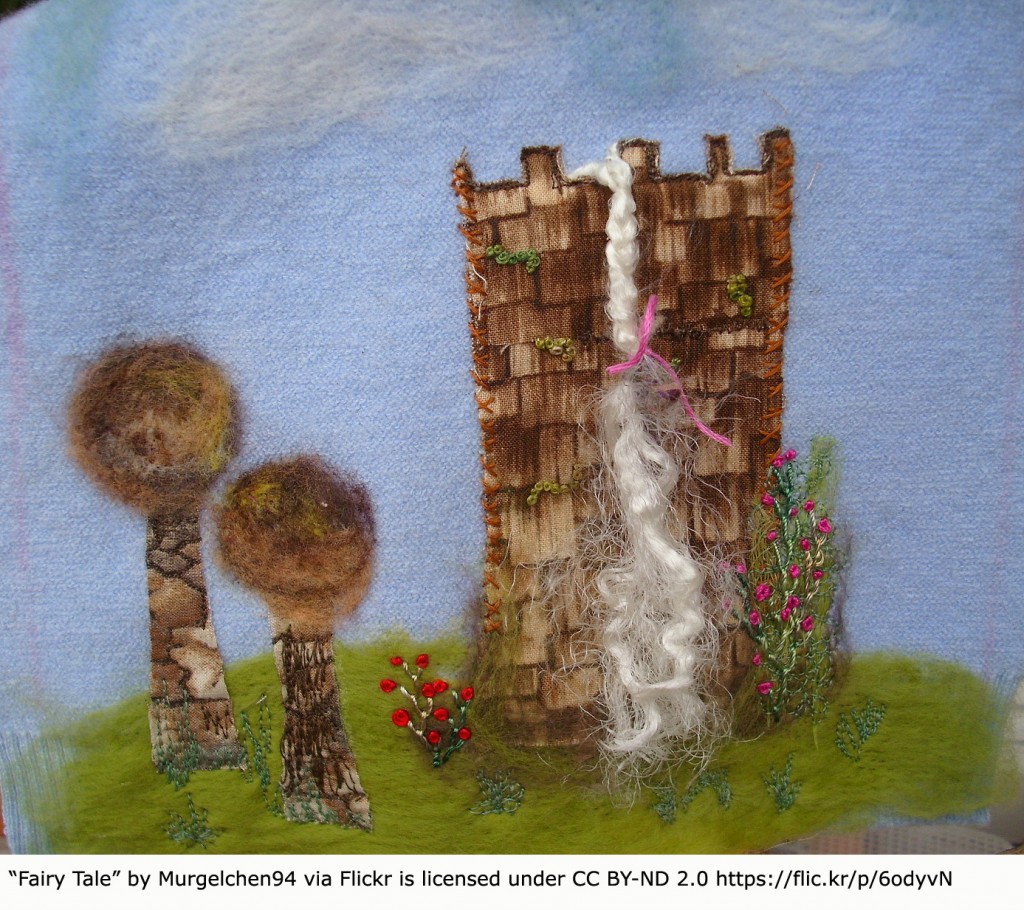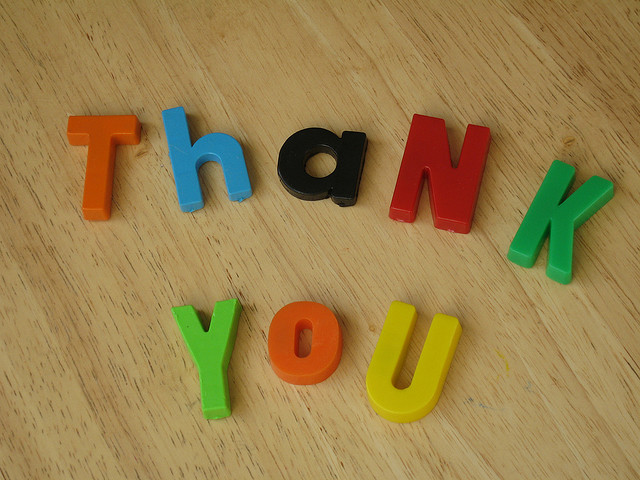photo credits: Farah Aria @ flickr. com, Anir Pandit @ flickr. com, Jensen Chua @ flickr. com
Picture this: you’ve recently moved to a new country where you are just learning the language, and you are feeling a bit overwhelmed and lost. One day, a colleague approaches you with something she thinks will remind you of home. It’s a book in English, and it’s all about “American culture”! Excited (and homesick), you open the book and read a sweet story all about............. CONTINUE READING
October 1, 2013


